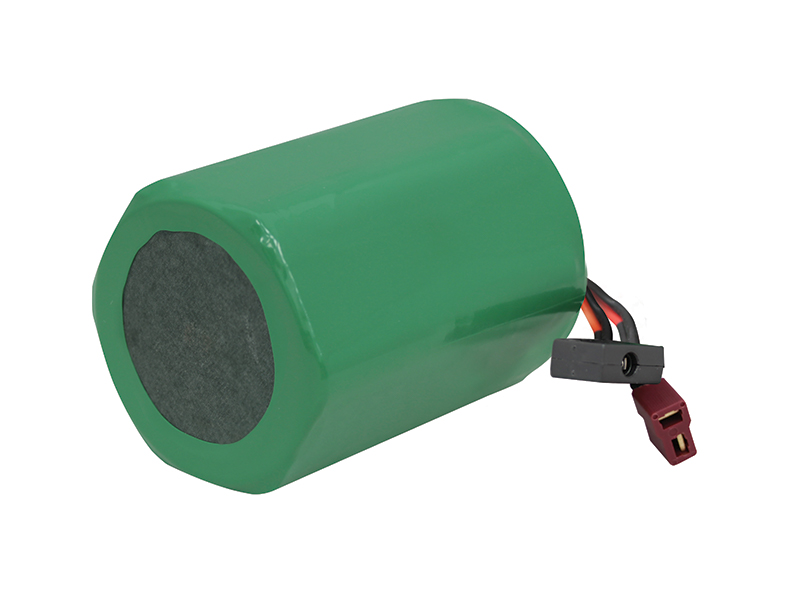
Want to Light up a Whale?
Can a single very powerful continuous underwater video light work well for stills of large animals? As the quality and output of video lights have increased, I’ve been asking myself that question.We know that many continuous lights can work fine for macro and closer up images, although they tend to give a softer look than strobes. Strobes output a single, very high and very short energy burst of light at high intensity, this freezes detail and gives better color saturation. Lights simply can’t to do that as well. But many still photographers find that they do work well, especially when shooting both video and more casual stills.
On our recent OOS Triton Bay to Raja Ampat trip we had several opportunities to photograph whale sharks being fed. Unfortunately, the visibility wasn’t that good. The first time we shot them, I was frustrated by the amount of backscatter I got in my photos from the strobes I was using. We were near the surface and I really only wanted some fill on them anyway. Also, we were doing a lot of swimming to position ourselves - our dive profiles looked like an EKG!
 Big Blue CB15000P Video Light
Big Blue CB15000P Video Light
These new series of COB lights feature a single Chip on Board (COB) LED emitter that gives a very wide, smooth very powerful beam. The Big Blue CB15000P outputs an amazing 160° beam with a warm 5000K color temperature. They also come in smaller 6500 and 9000 lumen sizes. I added it to my Nauticam D850 along with a single Nauticam Float arm (72220). The light only weighs about a pound in the water. With a handstrap on the camera, it was much smaller and easier to handle, than a dual arm strobe rig. This was especially nice as I was free diving on the second dive.
I added it to my Nauticam D850 along with a single Nauticam Float arm (72220). The light only weighs about a pound in the water. With a handstrap on the camera, it was much smaller and easier to handle, than a dual arm strobe rig. This was especially nice as I was free diving on the second dive.I was very pleased with the quality and amount of light the single Big Blue light put out. I was afraid of having a shadow from only having one light. However, I was able to center the light over the port and by tilting it up, eliminate most of the backscatter (much of the rest was left over sardines the sharks were munching). It’s unusual to be able to position the light in that manner with heavy “smutz” in the water, but the extra wide beam of the light made it easy.
 Then I just went for it and concentrated on shooting. I could also use the motor drive of the camera, that’s normally not an option with strobes. So, for fast action diving it made for an easy way to handle lighting.
Then I just went for it and concentrated on shooting. I could also use the motor drive of the camera, that’s normally not an option with strobes. So, for fast action diving it made for an easy way to handle lighting.I think the results were much better than when I used strobes in this situation, it was a good adjunct that balanced well with the available light and created little backscatter.
One funny result was that the whale sharks seemed to like the high intensity light and were very curious, swimming right at me, nose on, many times. It didn’t seem to faze them at all!
 The light ran easily for an hour on high, maybe longer, it had plenty of life left in it afterwards, both on that dive, and on a subsequent dive when I used SCUBA. I think you could get two dives out of it. There is a colored light indicator power button to show the remaining charge.
The light ran easily for an hour on high, maybe longer, it had plenty of life left in it afterwards, both on that dive, and on a subsequent dive when I used SCUBA. I think you could get two dives out of it. There is a colored light indicator power button to show the remaining charge. The CB15000P light uses a large rechargeable battery pack. It takes a while to recharge, maybe 2-3 hours or so, so if you’re doing multiple dives, either lower the light power by using one of the four settings when you’re not shooting or bring along a spare battery pack.
The CB15000P light uses a large rechargeable battery pack. It takes a while to recharge, maybe 2-3 hours or so, so if you’re doing multiple dives, either lower the light power by using one of the four settings when you’re not shooting or bring along a spare battery pack. About the only quibble I have with the light is the internal battery connection. It’s rather bulky to connect and get aligned so that everything fits inside the case. It also seems like the wires might get pinched over time. More thought towards a better module pin connector would be an improvement.
The Big Blue CB15000P comes in a nice hard case along with the charger and a ball mount.
For blue water and larger animal photography, I think the Big Blue CB15000P is a good approach to try.
